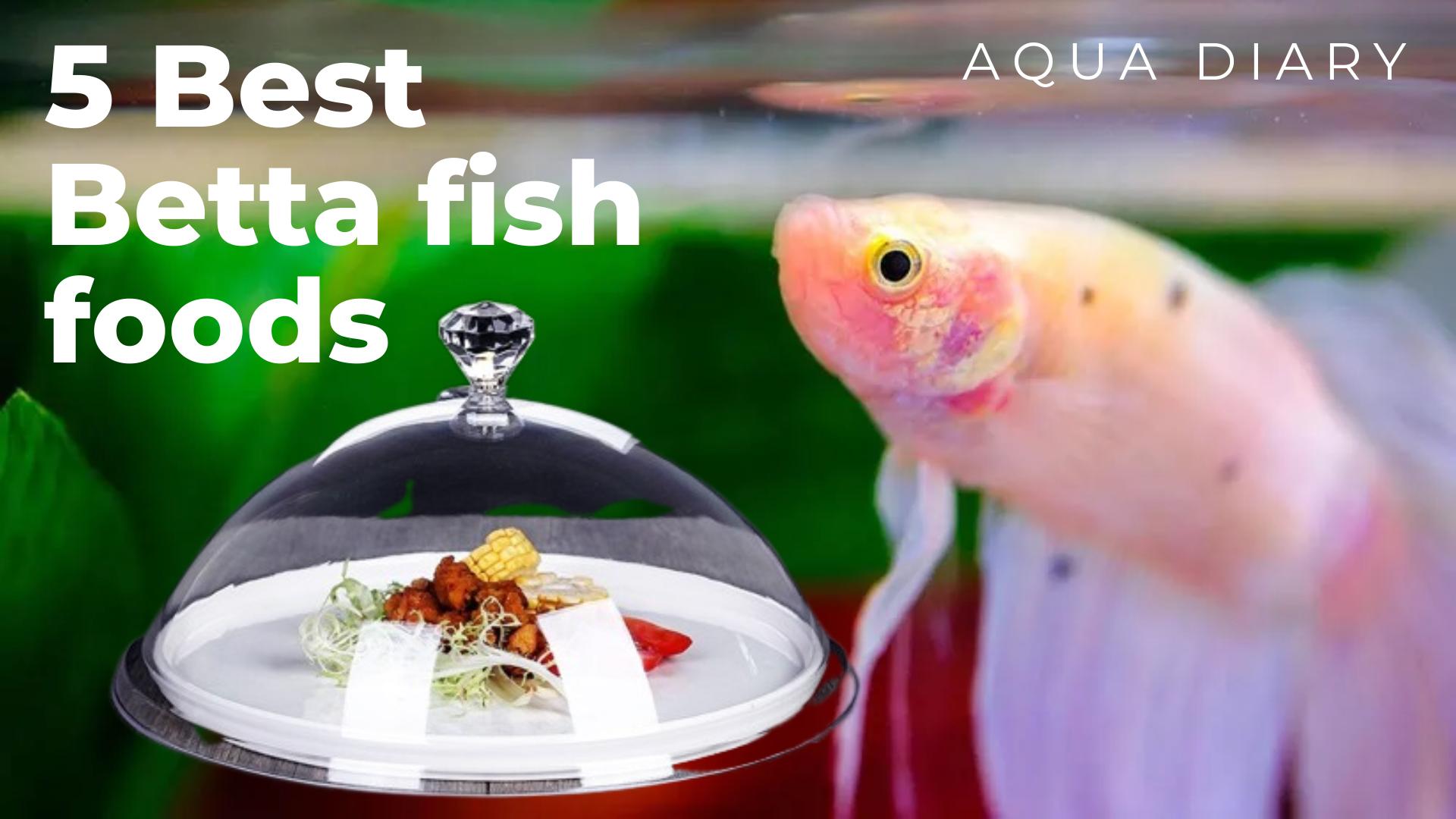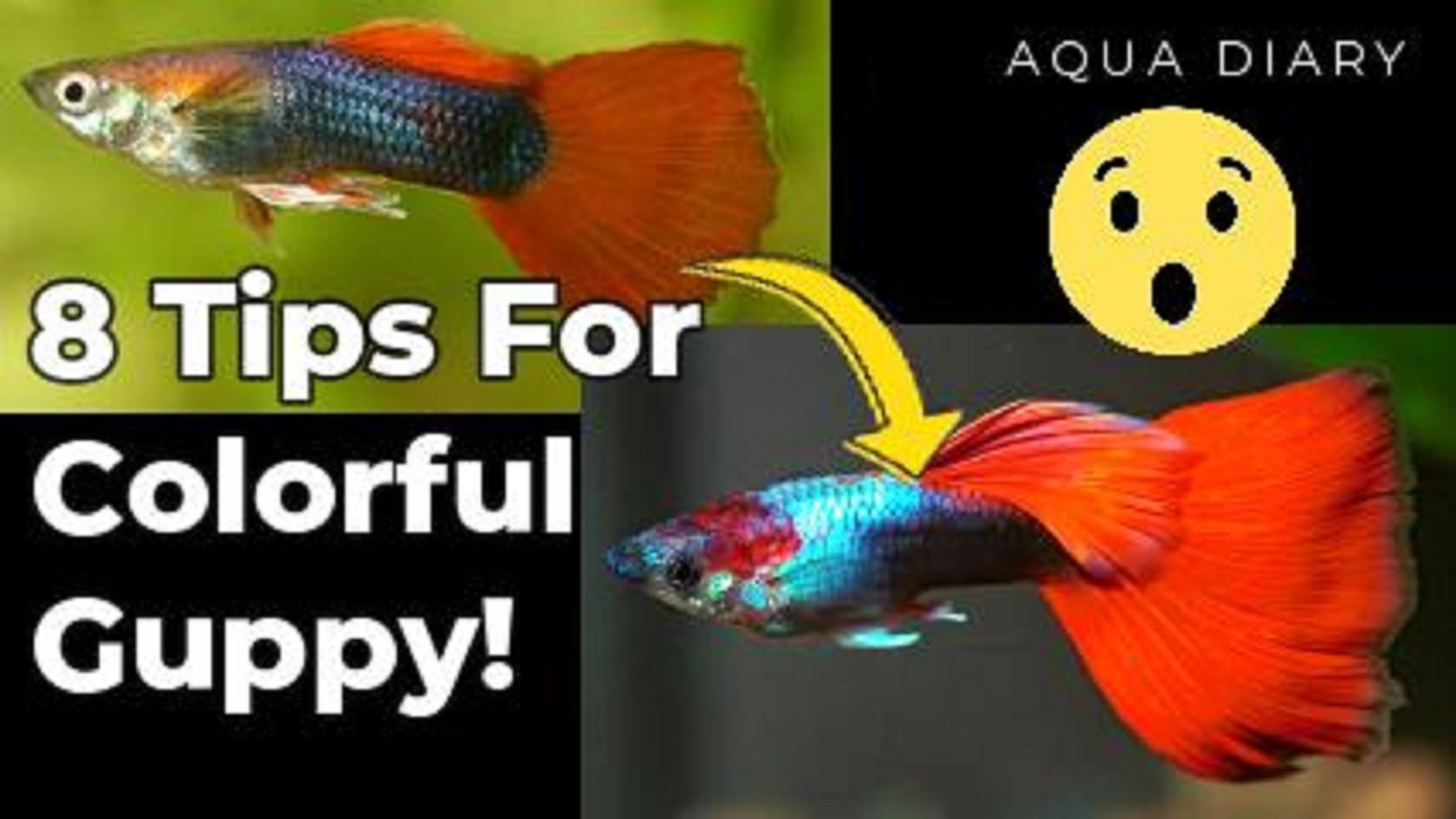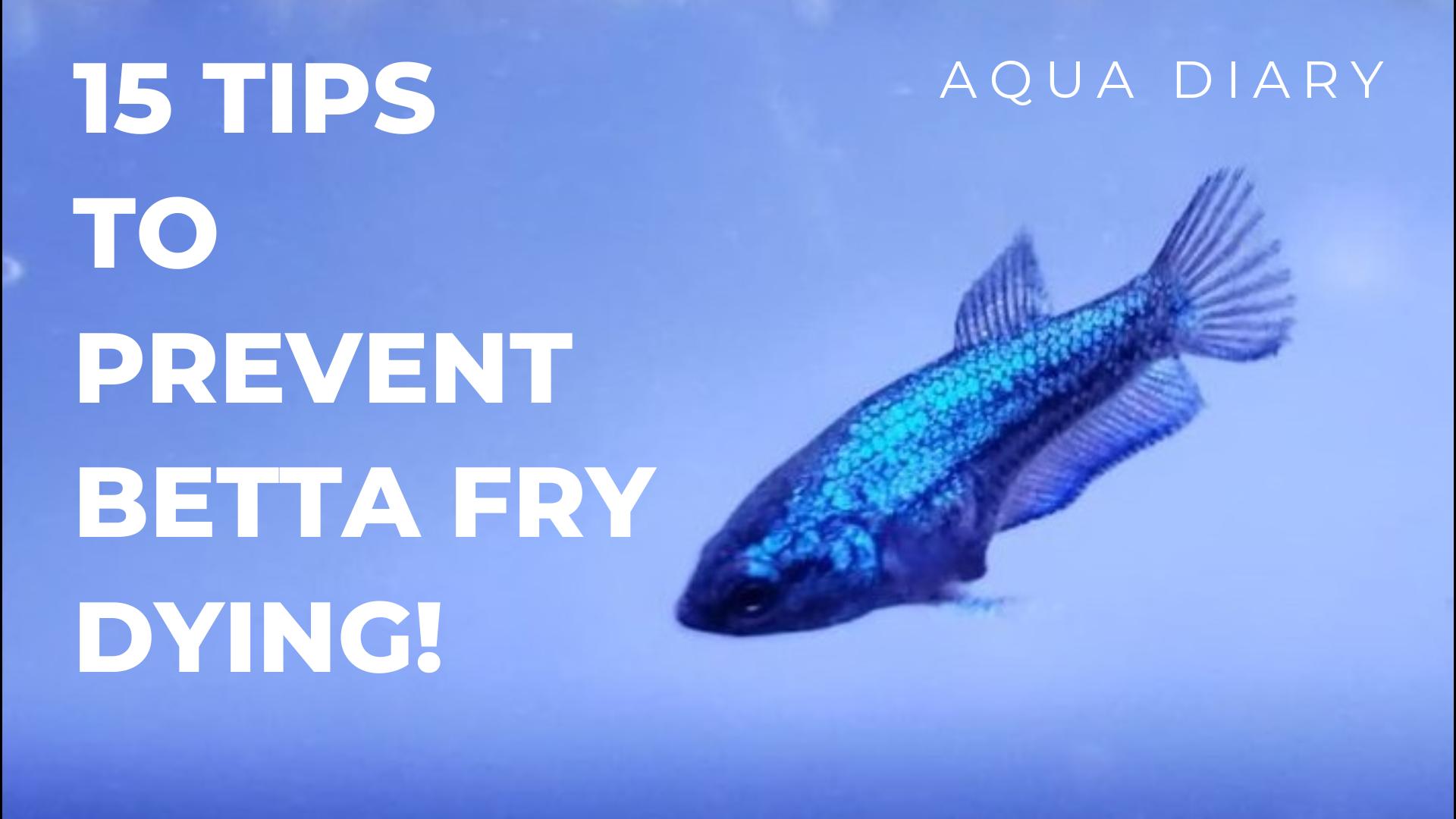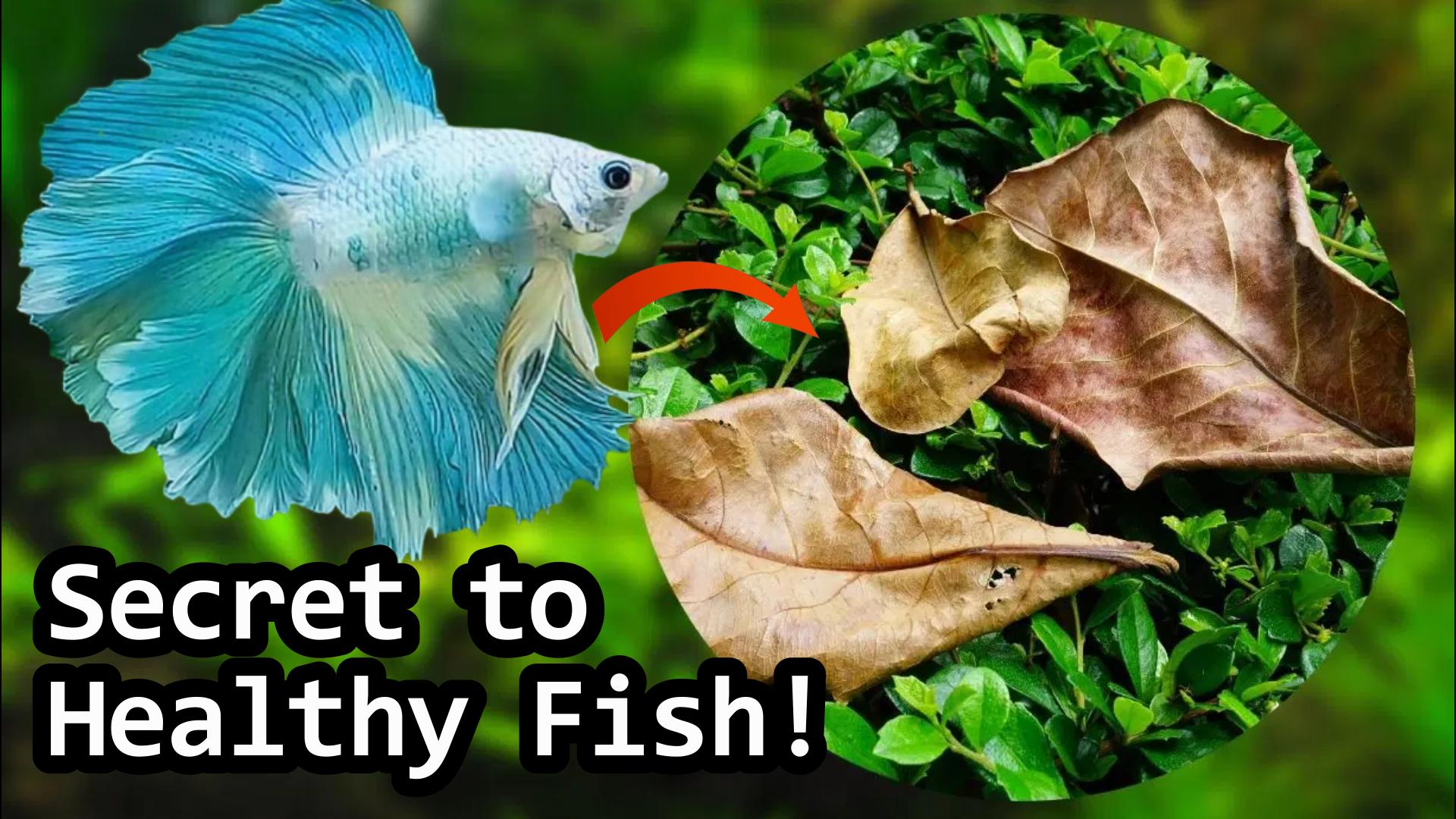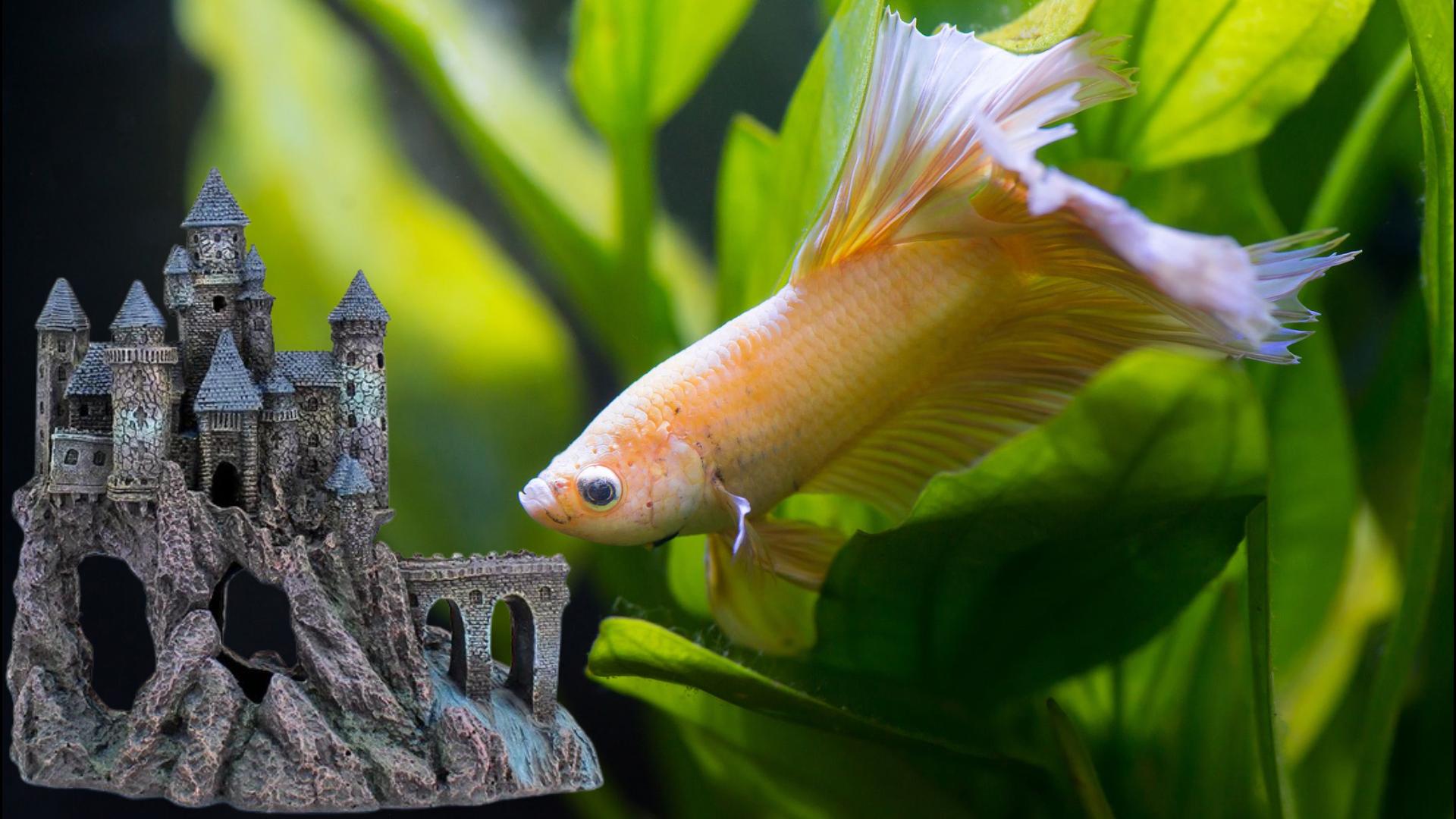Betta fishes are beautiful and pet keepers love to have betta. But many of them struggle to feed Bettas because of their greedy appetites which is confusing. Some Bettas never hesitate when they see food, even if it means stealing from fellow tank mates. and some don’t even take any food for weeks. Also, there are a lot of bettas food types and options available in the market. How do you know which foods are best for betta fish? How often should you feed them? Will they really eat until they’re full? are there feeding guidelines?
Here we come up with a quick guide on Betta fish foods. As lots of different types of Betta fish food are available, We like to bring to the top 5 types of most common and healthy betta foods in this blog. At the end, you will find out some awesome bonus details. So do watch the blog till the end. Before we begin, we publish new betta blogs every week.
#5. Flakes – Betta Fish Foods

Flakes are the most popular Betta fish food. they offer just enough nutrients that are required for Bettas and are found in almost any pet store. But, their popularity is largely due to their cheap prices. They were designed to include all the main nutrition that your fish need, But they are less nutritious than freshly prepared or live foods.
If you do plan on feeding your betta flakes, make sure you buy flakes specifically for bettas. Flakes for tropical fish will often contain vegetable and plant fillers which are fine for omnivores but won’t provide your betta all the nutrients he’s going to need. TetraMin Tropical Flakes, Omega One Betta Buffet Flakes, and TetraPro Betta Crisps are common Betta Flakes available in the market to buy.
#4. Pellets
Pellets are the most effective choice for Bettas and an easy option for daily sources of food. Unlike flakes, they are higher in nutrition quality. Pellets are perfect for betta fishes as they float in water. Since bettas prefer eating food on the surface, this floating pellet is more appetizing. It also allows you to closely monitor how much your fish has eaten which helps prevent overfeeding.
When choosing pellets make sure that you’re picking something that has at least 30% crude protein. Ideally, the ingredients should contain lots of dried meat and very little fillers (anything that isn’t meat). Betta Bio-gold Pellets, Aqueon Pro Betta Formula, Ocean Nutrition Betta pellets, and Omega One Betta Buffet pellets are common Betta flakes available in pet stores.
#3. Freeze Dried Food – Betta Fish Foods

Freeze-dried foods are the same foods as live foods, only it’s dried and all the moisture has been removed from the product. Freeze drying is a method of preserving food in a lightweight, dry form factor while retaining as much of the original nutrients and taste as possible. Therefore, betta keepers love using freeze-dried bloodworms and brine shrimp as an alternative to live foods.
Freeze-dried food gives a huge protein boost and great tasting in a little package. They have more nutrition in them than flakes and pellets (because they’re just freeze-dried animals). You can use freeze-dried food as a staple part of your betta’s diet, in combination with pellets to make sure your betta is getting all the nutrients he needs. Hikari Freeze-Dried Bloodworms, Tetra Bloodworms Freeze Dried Treat, and Omega One blood worms are excellent choices of Freeze Dried Food
#2. Frozen Blood-worms

Frozen food offers a cost-effective alternative to live food, providing bettas with the same essential nutrients. Frozen bloodworms are particularly beneficial due to their resemblance to bettas’ wild diet of insects and crustaceans. Easily obtainable at local pet stores, they’re typically available in individual foil-sealed cubes or larger slabs. Since a single cube is usually too much for one betta feeding, thawing in tank water and using a pipette or tweezers to offer a few bloodworms is advised. Thawing in tank water prevents difficulty in consumption and potential harm. Remember, frozen, not popsicles – bettas have their preferences!
Betta Omega One frozen blood worm and San Francisco Bay Frozen Brine Shrimp are some known frozen food options available in pet stores. If you like this blog so far. Now, let’s get to the next betta food.
#1. Live food – Betta Fish Foods
Live food is a highly nutritious option for your betta, closely resembling its natural diet. Insects and small invertebrates constitute the mainstay of their diet in the wild. Among live options, blackworms stand out as an excellent choice due to their ability to survive in your tank without polluting the water extensively. They are available at local pet stores and can stimulate your betta’s natural hunting behavior, offering mental enrichment as they chase down their prey. While live food is pricier and can sometimes introduce parasites, its benefits in nutrition and stimulation make it a recommended choice.
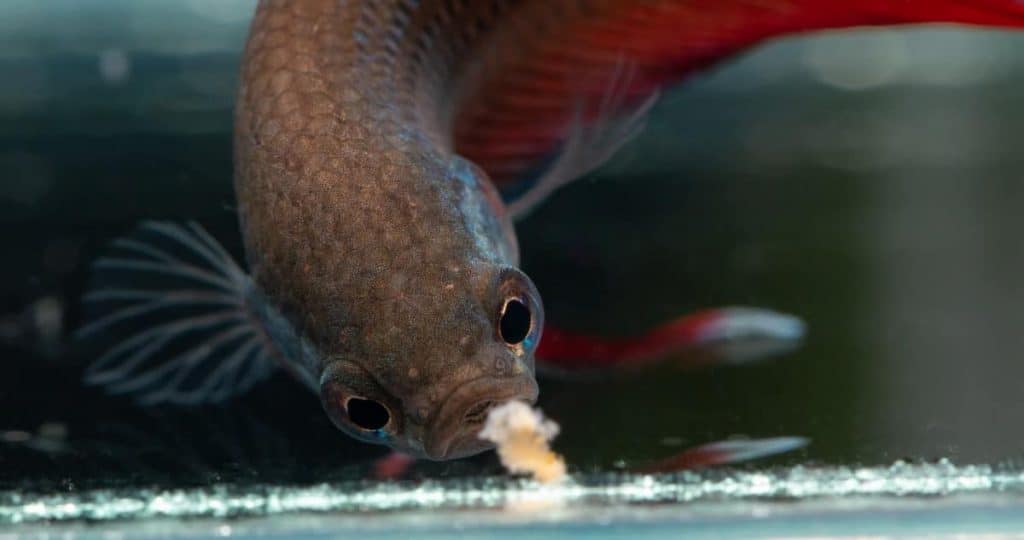
Moving on to feeding frequency, adult bettas are generally content with one meal a day, while younger ones require two meals due to growth. Feeding around 3-10 pieces per meal, depending on the fish’s size, is appropriate. Overfeeding can lead to health issues, disrupting digestion and swimming abilities. Therefore, it’s vital to provide only what your betta can consume and to clear uneaten particles after feeding.
In cases of temporary unavailability of betta-specific food, alternatives can suffice. Small portions of tuna or shrimp, finely chopped, can be offered. Insect larvae, mirroring their wild diet, are also a good treat. However, if you’re heading on vacation, consider the duration of your absence. For short trips, bettas can manage without food until your return. These insights into betta feeding habits and contingencies help ensure the well-being of your vibrant aquatic companion.

There are few automatic feeders available in the market. But you must test them for few times to make sure it works before setting them up during your vacation. Food blocks are another good option. Food blocks are designed to float on the water. Slowly dissolve to release small amounts of food at a time.
Most bettas are not too picky. If kept in a community tank with other fish, may even choose to snack on other foods. To add more variety to your betta’s meal plan, give one of these top five go-to foods. I’m sure, your betta fish is sure to beg for more & thank me as well.
8 Homemade foods to feed your Betta
Now, let’s look at 8 homemade human foods that you can feed your betta. It’s safe and healthy for your Betta fish to munch on, especially in case of an emergency or when you’re looking for a diet change for them. Betta fish are carnivorous, which means they can eat both plants and animals. Commercial fish food is still the best option for a balanced diet, but there are some human foods
1. Feeding Green Peas to Betta Fish
The first human food you can feed your betta is fish can eat green peas. Although there are different opinions on feeding betta fish with green peas, it works well if you understand the process and feed them right. Boil a couple of green peas until they’re soft, remove the skin, and then cut them into small pieces. Green peas are a great source of fiber and can help with digestion issues and prevent bloating. If you are interested to know about the best foods for betta fish this article will help.
2. Feeding Leafy Greens
Slightly boiled spinach or lettuce can provide essential vitamins and minerals for your Betta fish. Before placing them into the tank, make sure to soften them up in a microwave. Just a few seconds will be more than enough time to obtain the right substance. Betta doesn’t eat vegetables naturally and they aren’t a mandatory treat in captivity. However, it cannot hurt to offer occasional veggie treats to your carnivorous fish, as long as the list of acceptable ones is followed. Adding fiber to their stomachs definitely helps prevent and treat constipation or bloating.
3. How to feed Eggs to Betta fish
Hard-boiled egg yolk is a nutritious food for Betta fry to help them grow. Take an egg and hard boil it, then take a small piece of egg yolk to mash it up and mix it with water. Once you have them smashed and mixed, filter them with a cloth and feed them. It’s tough for newly hatched fry to get enough nutrition, so egg yolks keep them healthy. You can offer adult Betta fish a small cooked egg with a similar procedure. This procedure involves cooking and filtering very tiny amounts of eggs to feed them. Advice like that can easily mislead new pet keepers into overfeeding or making their water contaminated. But keep in mind that they eat very little and overfeeding can cause digestive problems.
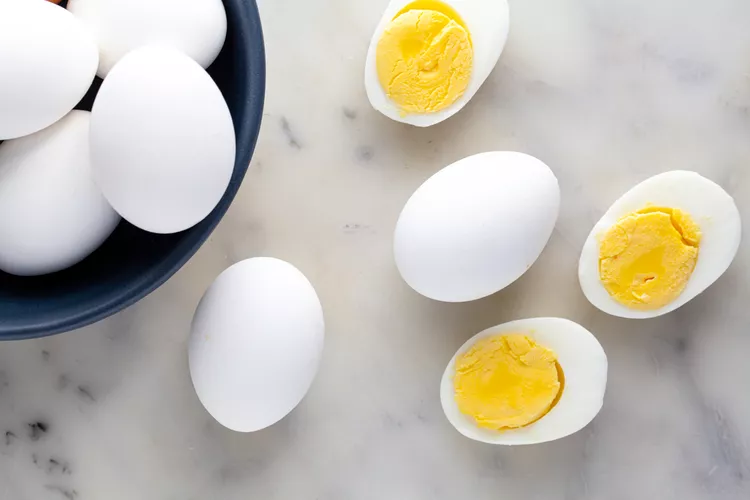
4. Steps to feed Cucumber – Homemade Betta Fish Foods
Blanch and seed a cucumber or zucchini before cutting it into small pieces for your Betta fish. Cucumbers are full of nutrients and might even help with swim bladder infections. You might need to chop and keep them as smaller pieces to feed them.
5. How to feed Raw shrimp
You can use raw, uncooked shrimp as long as they’re shelled, deveined, and cut into small pieces for your fish. You don’t want them to choke or overeat, so plan it well. You’ll get essential nutrients and animal-based protein from these foods.
6. Feeding Chicken – Homemade Betta Fish Foods
Soft-boiled chicken can be offered to Betta fish, but only in small, finely shredded pieces and without any sauces or spices. Too much terrestrial animal protein can cause health problems like obesity and organ failure, so limit it.
7. You Betta will enjoy eating Raw Tuna
Small pieces of raw tuna can be a treat for your Betta fish, but make sure it’s fresh and without any seasonings or oils.
8. Cooked rice is also alternative food
Cooked rice may not be a harmful meal for your Betta, as long as it is not flavored and is offered in extremely small portions. However, cooked rice is also not beneficial to their health. If you run out of their usual food and are not feeling like heading to the store, cooked rice may be an acceptable alternative for that day. But you shouldn’t do it every day. Or even as a treat.
When feeding your Betta fish human food, it’s critical to remember to keep portion sizes small and to feed them only once or twice a week as a treat. Cut the food into small pieces and remove any outer shells or skins before feeding. You might also be interested in feeding insects to your betta fish and best betta fry foods posts. Do check it out. Happy Betta fish-keeping!
Best 8 Human Foods to feed your Betta.

